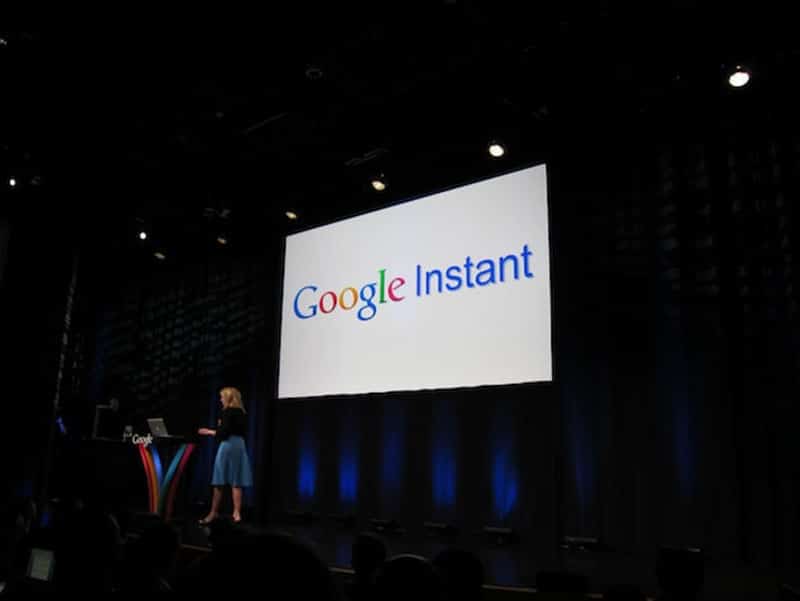Google Instant And Instant Previews: Making Search Easier For Users
-

Aaron Gray
-
 April 26 , 2023
April 26 , 2023 -
 4 min read
4 min read
Google Instant rolled out in September 2010. The feature served as an expansion on the search engine’s Suggest or autocomplete function by using the same technology. It showed search results based on the previous keywords that users typed in while predicting what topic they want to learn about simultaneously.
Instant Previews, on the other hand, debuted in November and allowed users to get a glimpse of a website by hovering over links in the SERPs. These two updates made searching easier for users by helping them acquire relevant information with the right keywords and giving them a visual overview of search results.
What’s It For
Google Instant looks at the search terms that users have typed and predicts the query’s most likely completion. Then, it displays results in real-time which yield a smarter, more interactive, and faster search. The team boasted that users would save two to five seconds per search. While it may not seem as substantial in paper, getting a swift response to a query can make all the difference in real life especially when you need the information right now.
These are the core features of Google Instant:
- Dynamic Results – As users type in the search terms, Google actively displays relevant results which allow you to choose the web content that you need.
- Predictions – A significant feature of Google Instant is its predictions function which offers suggestions on the most likely completion of your query. It allows you to find what you’re looking for even before you finish typing in all the search terms.
- Scroll to Search – Users can also scroll through predictions and view the results for each suggestion instantly as you press the arrow down key.
Meanwhile, Instant Previews complemented Instant Search by displaying a graphic overview of a particular search result and highlighting the most relevant sections for a user’s query. You just hover on a link and click on the magnifying glass next to the title. The search engine will direct your eyes to the information you need in the visual preview. This function makes it faster to select the right website.
What Were Its Effects
The primary challenge for developers was to get users to notice relevant results without impeding user experience with distractions. After several experiments, they saw that showing a query prediction in gray text and updating the displayed results for the top prediction continuously as the user typed was effective.
To facilitate these updates, Google had to deploy new caches that can take care of increased request rates without compromising the speed and integrity of the crawling and re-indexing processes. The team also introduced user-state data into their back-end to monitor the SERPs shown to a particular user so that the search engine won’t have to fetch the same results redundantly. Lastly, they optimized their page-rendering JavaScript code to ensure that web browsers can handle the updated system.
For Instant Previews, users can evaluate which websites provide the most relevant search results. Here are the benefits that searchers got from this feature:
- Compare Results – The visual comparison provided for users allows you to pick the right one with the most useful information for your query among a varied selection.
- Highlight Keywords – Sometimes, the search terms are highlighted in the preview to show you where the keywords appear on the page. It also helps give you the context of a post.
- Interact with SERPs – You get a glimpse of the layout of a website, especially if you’re looking for a particular chart, picture, or map. It saves you time from having to click on the result only to realize that it doesn’t contain the information you’re looking for.
What It Means for You
While Google Instant doesn’t affect your website’s rankings, it’s implication for SEO is that you must be able to think like your target audience so that you can incorporate the keywords that they’re using for their queries in your content. Moreover, the prediction or suggestions part of the process means that the search engine now has more influence on users.
To determine what potential customers are looking for, you need to identify their problems and how your product or service can help solve these issues. You can conduct market research to get a general idea of their needs or ask them personally about what they struggle with and what they think are the causes for it. Additionally, engaging with customers enables you to convince them that they need a solution which you can market in the form of your merchandise.


